|
Tonto National Monument is home to three species of lagomorphs (rabbits and hares) and three species of ungulates. Lagomorphs are mammals with two pairs of incisors in their upper jaw; ungulates are mammals with hooves. Learn about each of these species below.
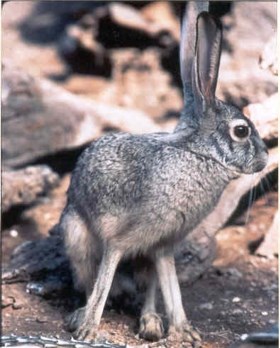
NPS Photo Black-tailed JackrabbitLepus californicus 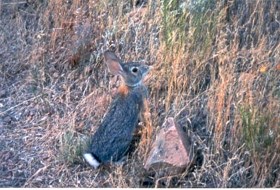
NPS Photo Desert Cottontail and Eastern CottontailSylvilagus audubonii and Sylvilagus floridanus 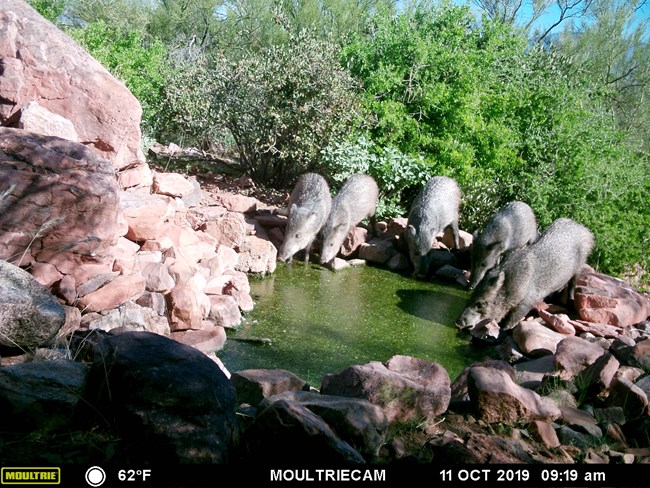
NPS Photo Collard Peccary (Javelina)Pecari tajacu 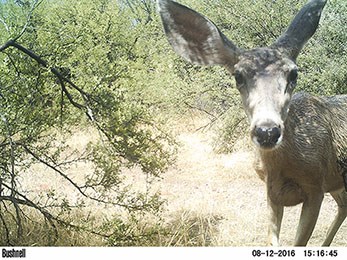
NPS Photo Mule DeerOdocoileus hemionus 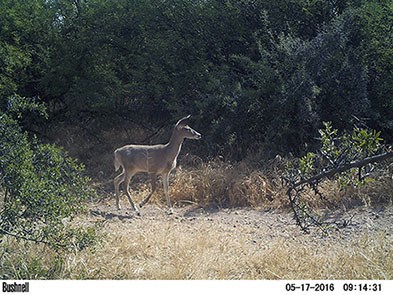
NPS Photo White-tailed DeerOdocoileus virginianus |
Last updated: January 3, 2021
